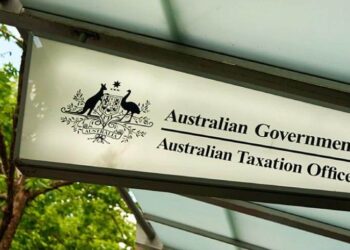Jason Hurst, a technical superannuation adviser for the Knowledge Shop and student mentor for people undertaking their Certified Financial Planning qualification, said the in-house asset rules contain several exclusions that can be helpful for SMSFs.
In a recent webinar on investing through unit trusts, Hurst said that section 71 (1)(j) talks about assets included in a class specified in the regulation which allows the regulator to exclude certain types of assets.
“Section 71 (1)(h) also exempts an investment in a widely held unit trust that’s most commonly going to apply to something like a managed fund,” he said.
“For this to apply you have to have at least 20 people in the trust that don’t have less than 75 per cent of the units, so it’s not going to be small two-to-four-person trust, but more likely to be managed funds or large property trusts.”
He said there is also subdivision 71D, which excludes certain pre-1999 investments, and although these may not be very common, accountants and advisers may still come across them in their practice.
“With these, it’s important to look at the date when a trust was started because that might give you some indication that it is actually a pre-1999 unit trust. I know I have been guilty in the past of looking at a trust and wondering why it is doing something and going down one path then realising it was started in 1995, so it’s always important to check that,” Hurst said.
He added that SIS regulation 13 (22)(c) links back to the exemption in 71 (1)(j), which states that certain trusts or companies if they comply with 13 22C, can be exempt from the 5 per cent in-house asset limits.
“Sometimes you may hear people talk about ungeared trusts or ungeared companies and that’s what they’re referring to in this exemption under SIS Reg 13 (22)(c),” Hurst said.
“More commonly in SMSFs it will refer to trusts because of the flow through taxation, so 13 (22)(c) says we must meet these rules on acquisition and 13 (22)(d) says we need to keep meeting those rules going forward or the trust or company will be an in-house asset.”
Additionally, a 13 (22)(c) entity can not lend or borrow money and can’t invest in another entity.
“This means you can’t have a 13 (22)(c) trust that also has shares in another trust as it will fail these requirements,” he said.
“It can also not carry on business, or lease assets to a related party unless those assets are business real property.”


